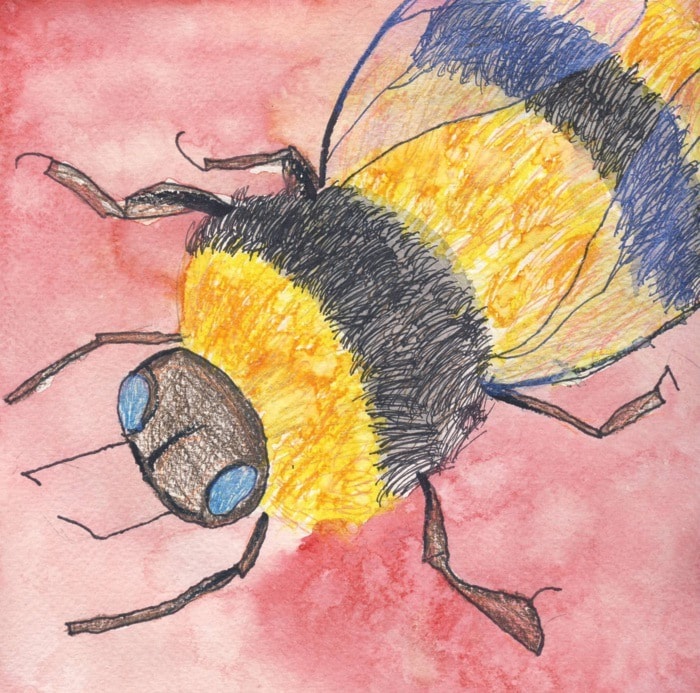Bees could be the bee all and end all when it comes to the food we eat.
Scientists tell us that one-third of our food crops depend on bees for pollination, making them essential helpers for human-kind. Most folks, though, consider them a mere annoyance.
Fruit producers rely completely on these airborne pollinators, and with honeybees and other bee species in decline across Canada, it’s important to pay more attention to these under-appreciated insects. Blame for plummeting bee populations has been placed on various factors, including pathogens, pesticides, habitat loss and climate change.
North America boasts 42 different species of bumble bee, the slow-moving, fuzzy giants of the bee kingdom. The “Bombus” clan are slow to anger and meek in behaviour.
Only queen bumble bees survive the winter; they can be seen flying solo in early springtime, seeking to establish their new colony.
Bumble bees’ hairy bodies hold in body heat so they can fly at colder temperatures than other bees.
Since luscious nectar and pollen hidden within flowers is their life, it’s not surprising that floral colours attract bees.
However, because their eyes are “tuned in” to different parts of the colour spectrum than ours, bees cannot see red.
Neat fact: Flowers have “landing strips” that help bees find the nectar.
Striped markings near a flower’s centre may or may not be visible to the human eye, but bees can spot them all because of an ability to see ultra-violet light.
These markings act like runways which help the bee land near the nectar source.
E-mail Christine at wildernesswest@shaw.ca
